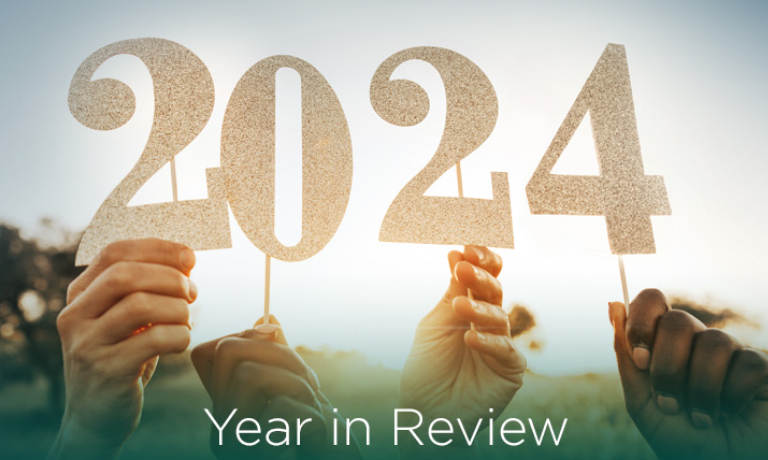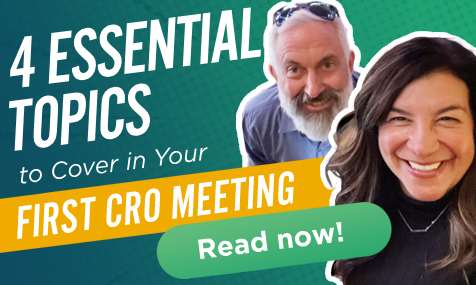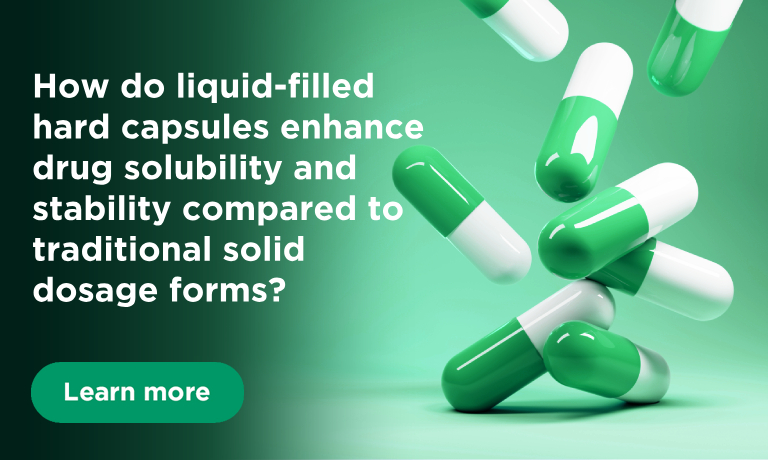Inside The Altascientist Issue 40: Analytical Testing–Accurate and Complete Characterization of Your API to Maximize Bioavailability
In Issue 40 of The Altascientist, different analytical testing techniques to support drug product development specific to bioavailability are explored, including a case study on the manufacturing of a nanosuspension.
During the early stages of drug development, fully characterizing the active pharmaceutical ingredients (APIs) is crucial for optimizing the drug product formulation. Specifically, understanding your API’s particle size, crystalline structure (including different polymorph forms), and dissolution profile to inform downstream formulation dosing decisions for clinical trials.
In this Issue of The Altascientist, you will discover
- methods for identifying and characterizing your API;
- common techniques to determine particle size distribution (PSD);
- formulation approaches to maximize bioavailability; and
- a nanosuspension case study.
Listen or read Issue 40 of The Altascientist on altasciences.com, or wherever you listen to podcasts:

Characterization of Your API
The analytical testing of APIs is a multi-faceted approach involving various techniques and methodologies to ensure that the API is adequately absorbed in the body to exert its therapeutic effect.
“By rigorously evaluating and optimizing the chemical, physical, and biological properties of the API, pharmaceutical scientists can enhance bioavailability, leading to more effective and reliable medications.”
—The Altascientist, Issue 40 page 1
Dissolution testing, in which liquid is used to simulate conditions within the human body; particle size analysis (PSA), in which the drug’s API, or formulation, is measured; and X-ray diffraction (XRD), used to determine crystalline structures, are just some of the methods used to determine key API properties.
Formulation Approaches to Maximize Bioavailability
When an API has been fully characterized and determined to be a good candidate for development, formulation decisions are made. Some of the most common approaches to maximize the bioavailability of the API are discussed in-depth in Issue 40, including nanomilling, liquid-filled hard-shell capsules (LFHCs), and spray-dried dispersion.
Nanomilling can be applied to nearly any insoluble API, making it a valuable first step in the solubilization process:
“Nanomilling’s universal applicability is a major advantage over other formulation approaches for poorly water-soluble APIs[; it] can be applied to just about any insoluble API fairly easily, making it an appealing first-line approach to solubilization.”
—The Altascientist, Issue 40 pg. 6.
Additionally, since many APIs have high melting points and poor aqueous solubility, which directly affects their dissolution and bioavailability, LFHCs are valuable for effectively metabolizing lipid-based solutions. These solutions can then be used as liquid carriers, optimizing API absorption.
As explained in the issue, the advantages of LFHCs are:
“LFHCs are pre-made dosage form, in that the shell itself does not require formulation, and are ideal for low doses. Small quantities of LFHCs can be filled in-house, with lab-scale equipment and just a few grams of formulation for preclinical or early-phase clinical trials.”
—The Altascientist, Issue 40 pg. 7.
There are many important considerations to make during drug product formulation development. Thorough characterization of the API and a comprehensive testing regimen will identify the critical attributes needed to support a successful program. Mastery of manufacturing techniques to achieve the appropriate particle size is crucial for ensuring targeted bioavailability. Robust analytical testing, selecting the right methods, and documenting results with precision is paramount.
WHAT IS THE ALTASCIENTIST?
The Altascientist is a scientific journal written by the scientific and research experts at Altasciences. In each issue, they share their decades of knowledge to help sponsors along their early-phase drug development journeys, as well as explore the latest challenges and innovations in the industry.
Explore the full collection of The Altascientist in our Resource Center, or listen to each issue on our audiobook player.
View the full library of The Altascientist publications.
Browse the collection of The Altascientist audiobooks.



